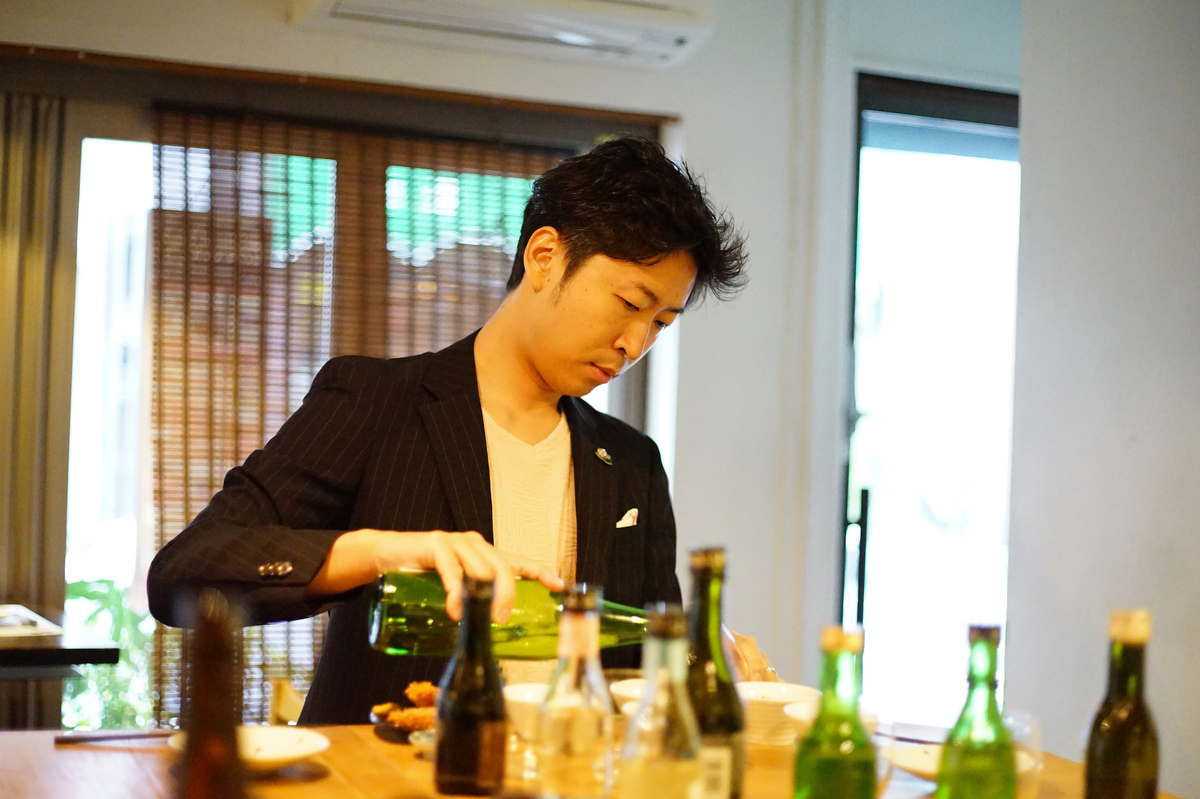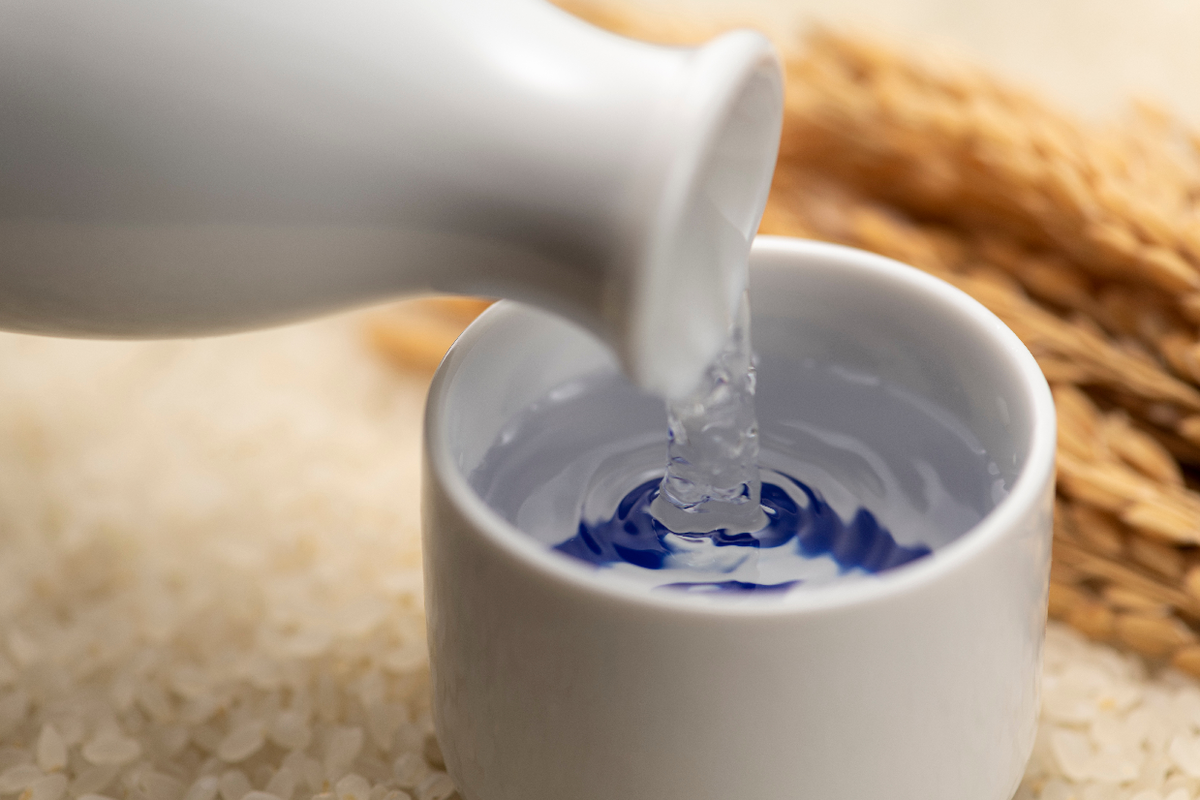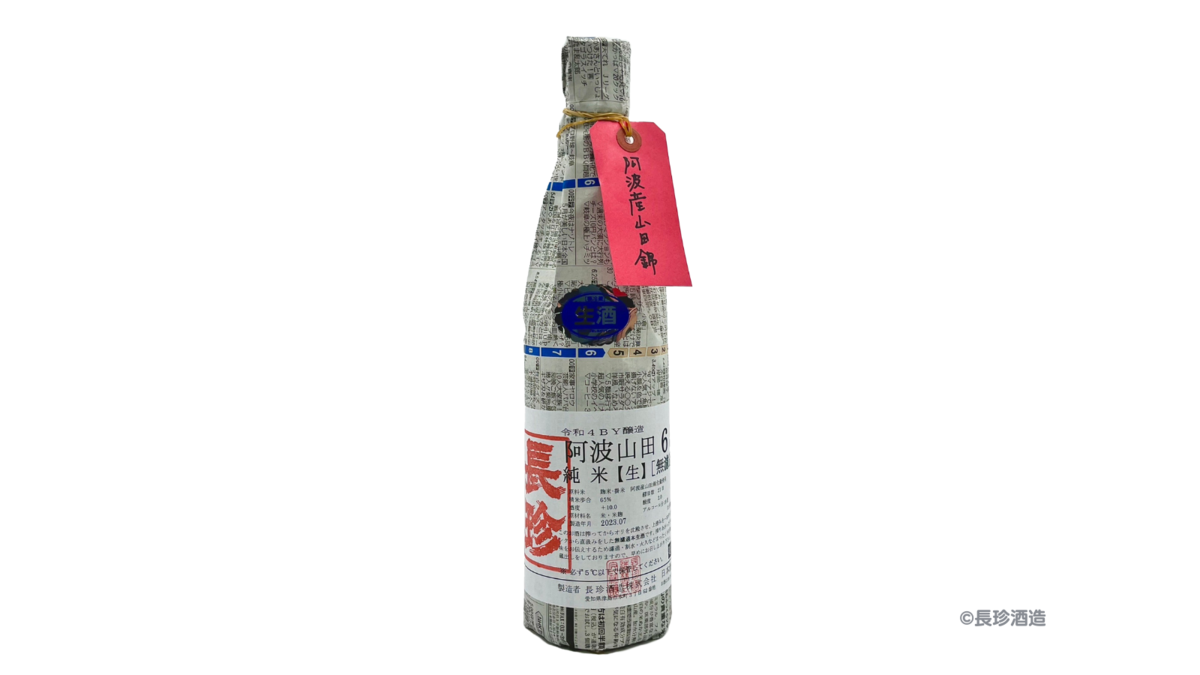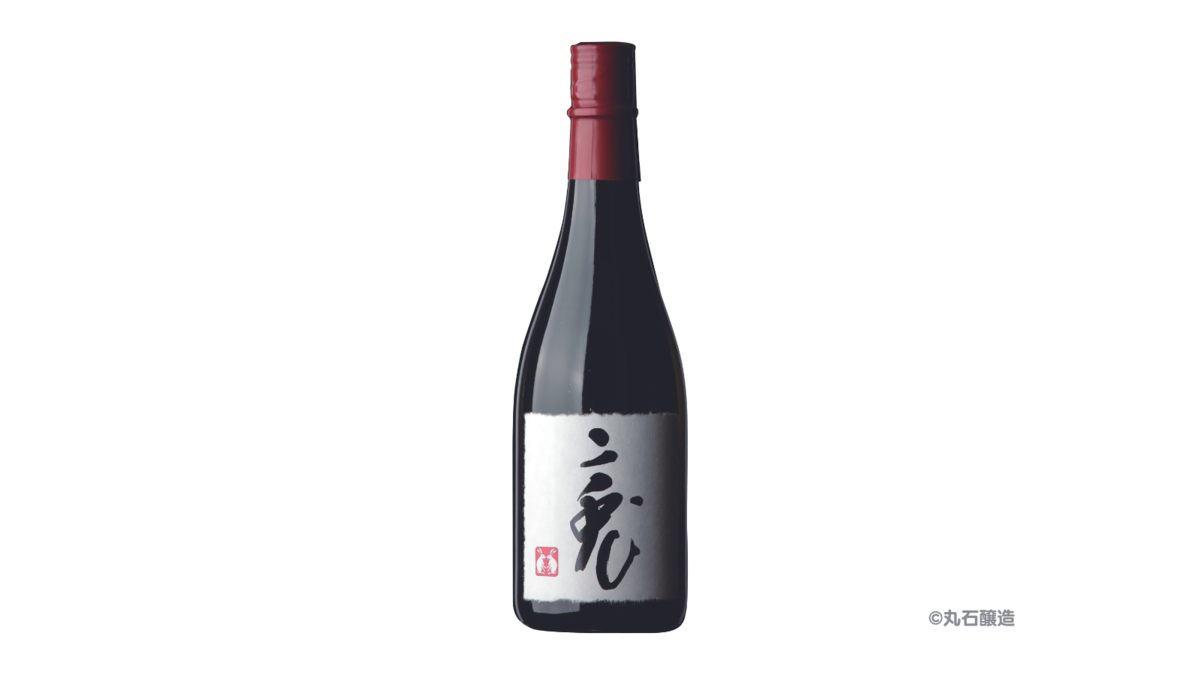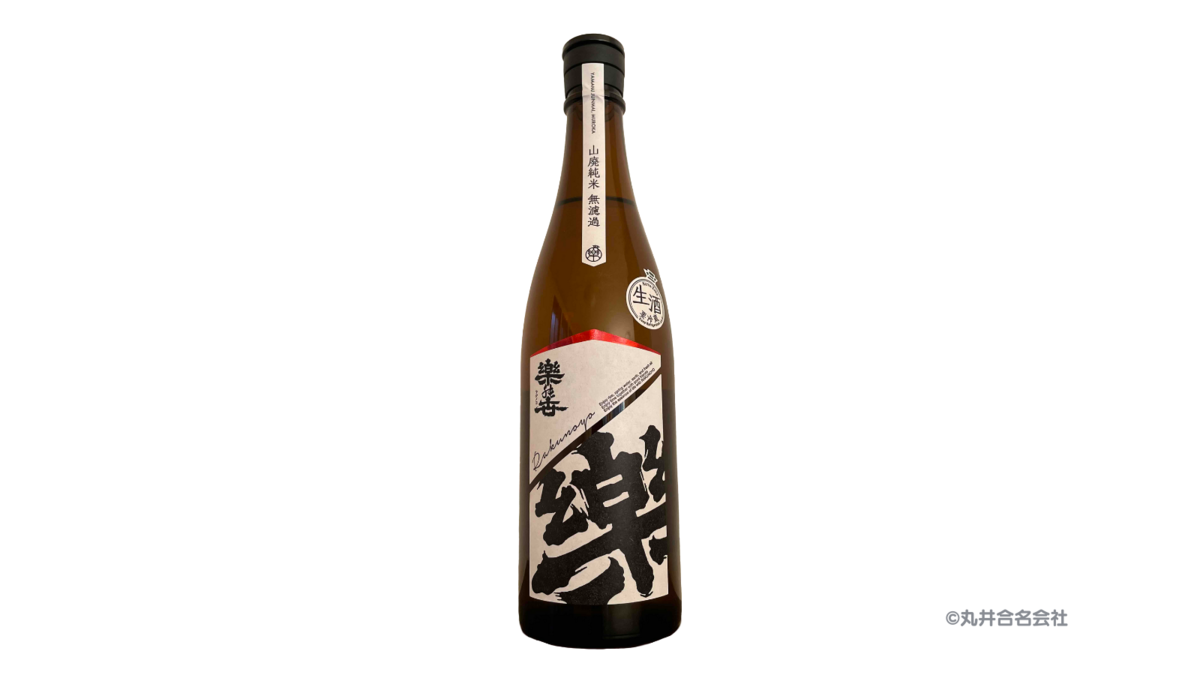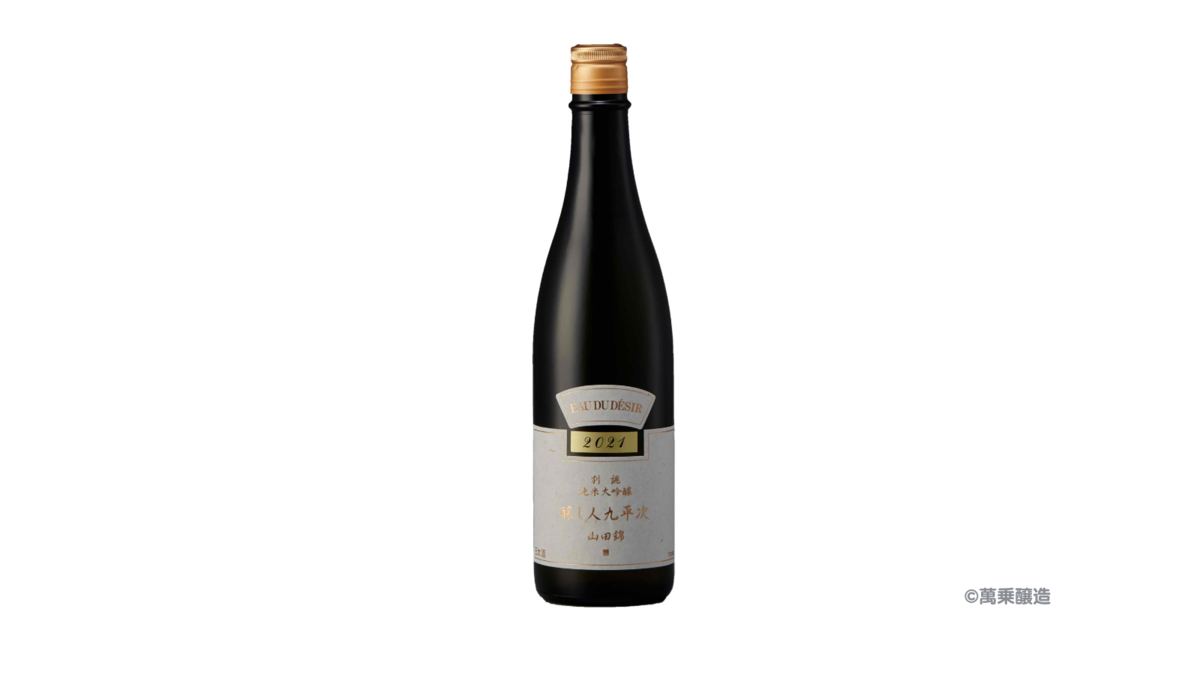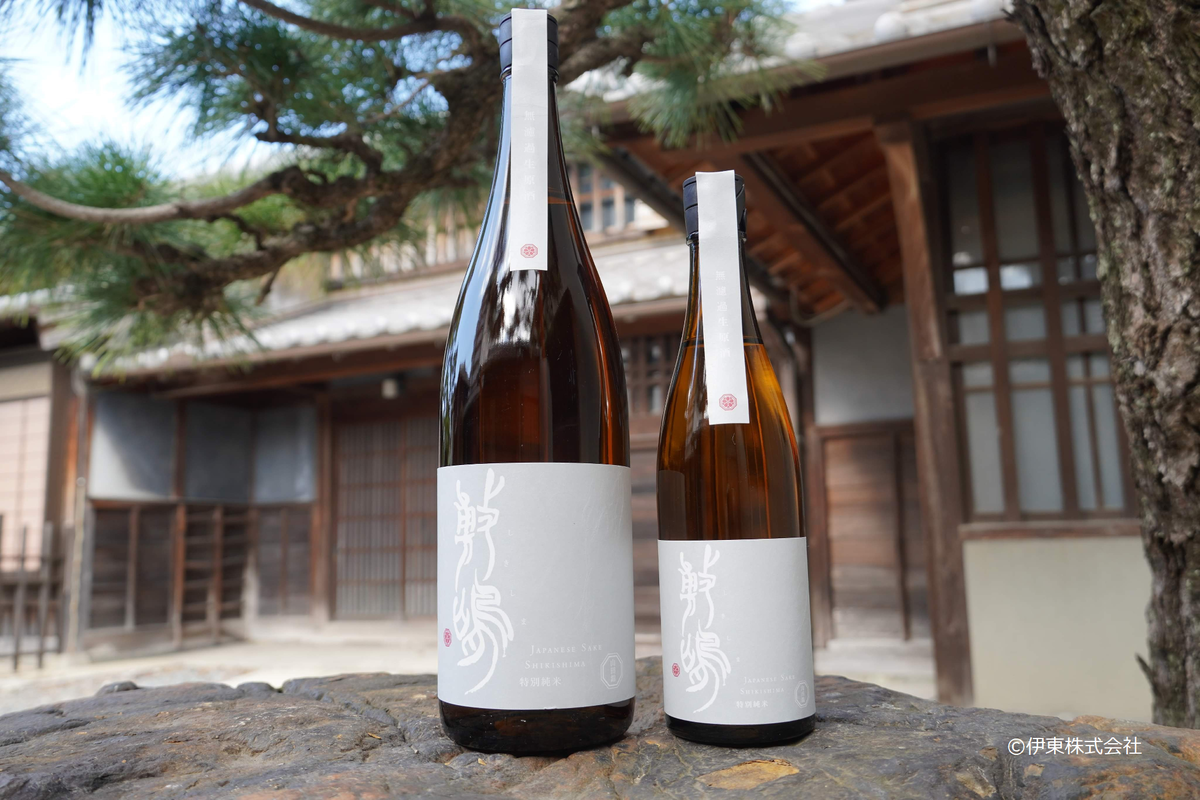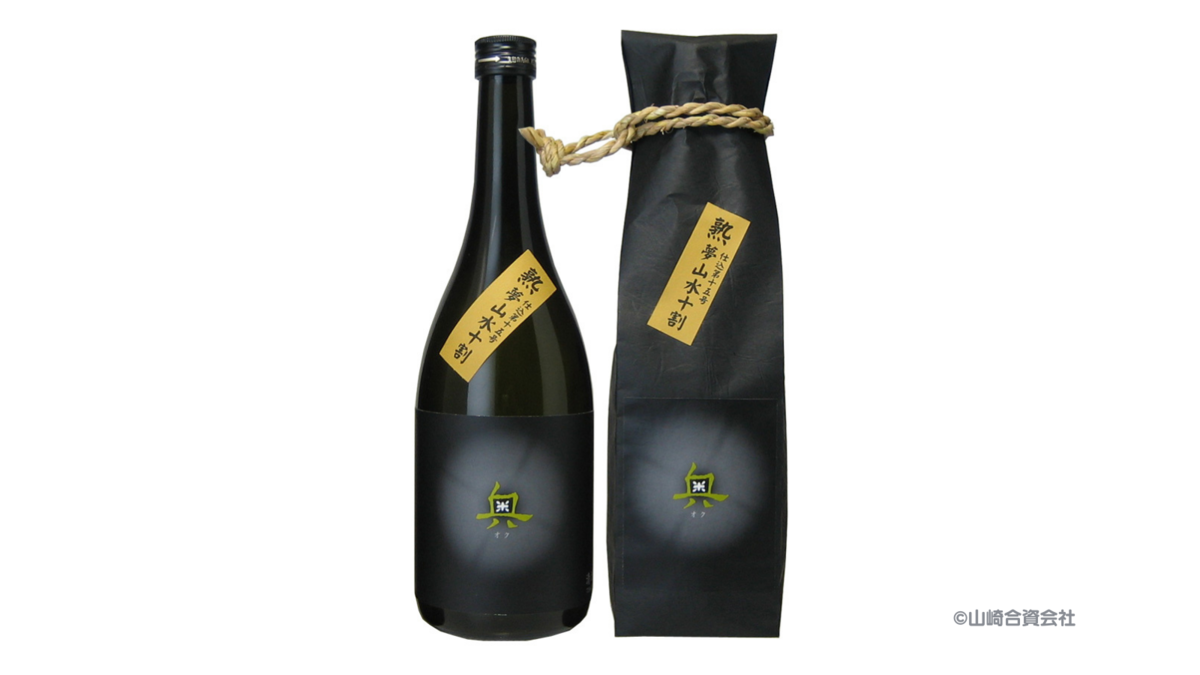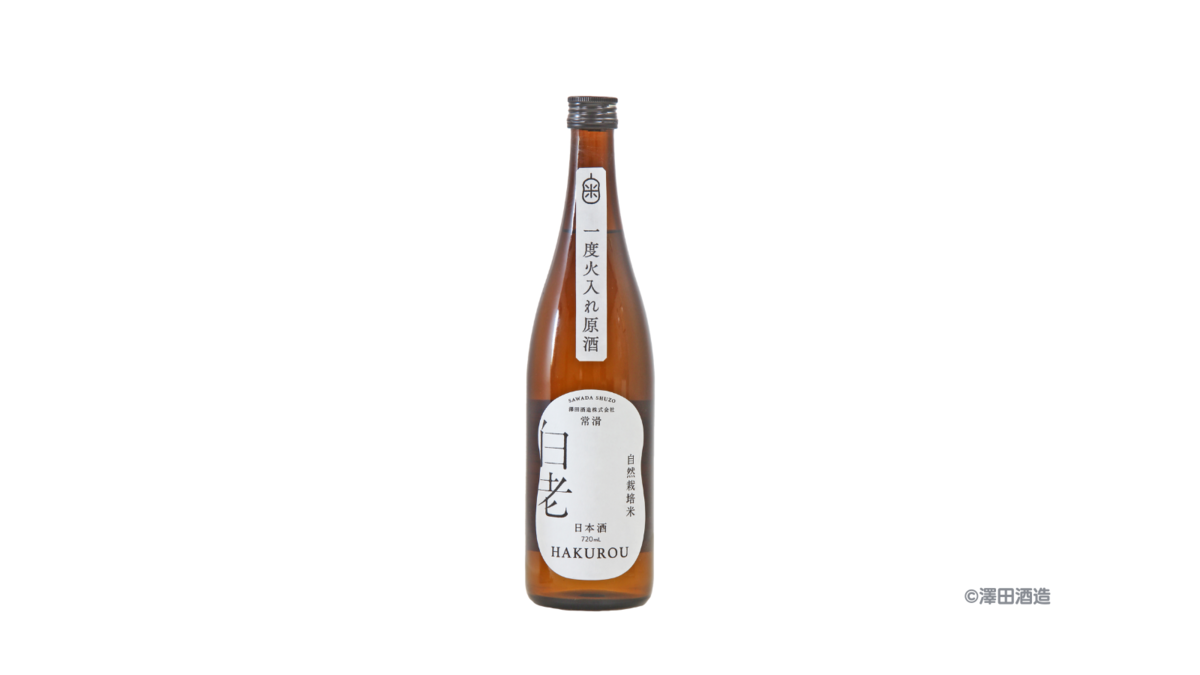10 Recommendations for Japanese Sake in Aichi, Carefully Selected by the Prince of Sake Who Has Tasted More Than 5,000 kinds of Sake Without Preconception!
Do you know how many sake breweries there are in Aichi Prefecture? The answer is 42, and in 2021, Aichi Prefecture ranked 7th in Japan, in terms of sake production, making it a very active sake-producing region.
There are many people who would like to try Aichi's sake, but don't know what to choose because there are so many varieties, and even if you go to buy some, you may not be sure if the sake is really good or not, or if it is to your taste just by looking at the label. I, Yuichi Kondo, the prince of sake, having tasted more than 5,000 kinds of sake, would like to introduce you to some sake from Aichi Prefecture that you should definitely try and not make the mistake of not tasting.
Nice to meet you, I am Prince of Sake.
First, I would like to explain why I am the "Prince of Sake”. I am neither the son of a sake brewer nor the heir to a retail liquor store that has been in business for generations. I got hooked on sake during his college years when I had a part-time job at a sake bar that was financed and operated by a sake brewing cooperative. After a year of study abroad in the U.S., I was shocked by the bad tasting of the poorly managed sake and decided that I wanted to bring great sake to the world! I want to deliver good sake to the world and preserve the sake culture! With this desire, he and his classmate founded Sakura Sake Shop, a sake shop specializing in Japanese sake.
Over the past 10 years, I have hosted more than 100 sake events to enjoy the Mariage (the combination of sake and food) and taught courses as a sake teacher and in August 2022, I was Certified by the Oji Certification Association as "Prince of Sake". I have tasted more than 5,000 kinds of sake and would like to introduce recommended sake that would like all of you to know and have a drink.
What are the characteristics of sake from Aichi Prefecture?
The abundance of good quality rice and clean water has led to the production of unique sake, especially in the Chita Peninsula. In order to recycle the sake lees produced during the sake brewing process, Aichi became a place where the brewing culture of vinegar and mirin flourished. The area is also known for its soybean production, which has fostered a miso culture.
The characteristic of Aichi's sake is that it has a rich, mellow, robust flavor that goes well with such flavorful seasonings. It can be said that the type of sake from Aichi Prefecture is more "dark, light, and dry" rather than "light and dry”.
10 Sake from Aichi Prefecture. I really recommend you try!
In this issue, we would like to introduce 10 types of sake from Aichi Prefecture that we would like you to drink. To be honest, I was very worried, but I chose sake from among those produced by small breweries that are not mass-produced and have a clear individuality and a story to tell. We would be happy if you could use them as a reference for your sake selection.
1. Chochin, Junmai, Shinbunshi 65, Awa Yamadanishiki Nama-Genshu (長珍 純米 しんぶんし65 阿波山田錦 生原酒) [Chochin Shuzo (長珍酒造) / Tsushima City, Aichi Prefecture]
Some of you may recognize it as the kind wrapped in newspaper. This sake is made from Awa Yamada-Nishiki (Yamada-Nishiki Rice from Tokushima Prefecture) polished to 65% and bottled as it is pressed with an alcohol content in the 18-degree range.
It has a great visual impact, with the pages of the local Chunichi Newspaper wrapped around the bottle to block out the light, but what makes it stand out is its super heavyweight flavor and powerful acidity, which can be described as the royal road to classic full (full-bodied type with aromas of freshly cooked rice, freshly baked bread, and nutty notes). There are many maniacs who are really into this sake and could not drink any other sake anymore; and it is interesting to note that although it is a draft sake, many people keep it at room temperature for several years or warm it up to enjoy it.
2. Nito, Junmai Daiginjo, Omachi Sanjusan (二兎 純米大吟醸 雄町三十三) [Maruishi Jozo (丸石醸造) / Okazaki City, Aichi Prefecture]
Bizen Omachi (Omachi Rice produced in Okayama Prefecture) is polished to 33% and the alcohol content is in the 16% range, making it a modern light (light in flavor with a fruity and floral aroma).
The concept of Nito is "Only those who chase after two hares will catch them both". The concept of Nito is to express in a single sake what is thought to be difficult to achieve in terms of taste and aroma, acidity and umami, weight and lightness, entry and finish, and simplicity and complexity! The 33 Omachi is the pinnacle of this idea. It is light with a delicious flavor and has a subdued yet elegant aroma, making it a perfect sake for wine lovers in particular.
3. Raku no Yo, Yamahai-Junmai, Nama-Genshu (樂の世 山廃純米 生原酒) [Marui Gomei Gaisha (丸井合名会社) / Konan City, Aichi Prefecture]
This sake is characterized by its super-heavy flavor intensity. It is hard to find a heavier sake than this. It is the heaviest of the classic full-type sakes and is a must-try for sake connoisseurs who love old-fashioned sake. It was on the verge of extinction when the delivery of sake to a major brewery in Hyogo was discontinued, but it is slowly gaining popularity for its unique flavor and is gaining more and more fans. Although it is a draft sake, it also looks great as a heated sake, so give it a try.
4. Hoshiizumi, No. 10 yeast, Nama-Genshu (ほしいずみ 10号酵母 生原酒) [Maruichi Shuzo (丸一酒造) / Chita-gun, Aichi prefecture]
Although a really small sake brewery, this hiragana named "Hoshizumi" brand uses a variety of yeasts to create sake with different characteristics. Among them, we recommend the nama-zake made with No. 10 yeast, which few breweries use. It has a melon or melon-like aroma and a refreshing taste. You can enjoy the hard, crisp body of the flavor as it opens and gradually expands.
When chilled and poured into a wine glass, you can enjoy the freshness of the freshly poured wine and the way it gradually loses its edge when exposed to air at the same time.
5. Kamoshibito Kuheiji, Betsu-Atsurae, Junmai Daiginjo (醸し人九平次 別誂え 純米大吟醸) [Banjo Jozo (萬乗醸造) / Midori-ku, Nagoya City]
It is a modern light type with 35% polished Yamada-Nishiki rice and an alcohol content in the 16-degree range. The flagship of the Betsu Atsurae is a special-order product brewed by a brewery that is popular not only in Aichi Prefecture, but also all over Japan and on the menus of famous restaurants in France and other parts of the world. The slight lychee-like aroma and the gaseous sensation of the wine dancing in your mouth will raise your spirits. When this sake was served as a toast at my best friend's wedding, I had to drink three more glasses of it without thinking.
6. Shikishima, Yamadanishiki, No. 9 yeast, Tokubetsu Junmai, Nama-Genshu (敷嶋 山田錦 9号酵母 特別純米 生原酒) [Ito Co. (伊東株式会社) / Handa City, Aichi Prefecture]
This is a modern full type with classic nuances, made by polishing Yamada-Nishiki to 60% and 19% alcohol by volume. The most striking feature is its powerful flavor and high alcohol content. The brewery returned its manufacturing license in 2000 and stopped making sake for 21 years, but Mr. Ito, the ninth-generation brewer, reacquired the license and resumed sake production in 2021 with the passionate desire to "get more people drinking Ito's sake again. There is no standard product yet, but we chose this one because we wanted you to try it for its strong impact.
7. Yumesansui Juwari, Oku Juku, Junmai Ginjo Genshu (夢山水十割 奥 熟 純米吟醸原酒)
[Yamazaki Goushi Gaisha (山崎合資会社) / Nishio City, Aichi Prefecture].
Yamazaki Goushi Company, which has developed various brands such as "Sonoh (尊皇)," "Yamazaki Kamoshi (山崎醸)," and "Takibi (焚火)," released the brand "Oku (奥)" in 2002. The concept is a sake with a gorgeous aroma and as much richness of flavor as possible. The only rice used is "Yumesansui (夢山水)," a new sake rice from Aichi Prefecture.
It has a very high alcohol content of 18.5 percent, which gives it a powerful flavor and a sharp finish, but thanks to its gorgeous fruity aroma, it is easy to drink and can be recommended for everyone from sake beginners to sake connoisseurs. The roundness that comes from aging the sake for more than a year after heat sterilization is also a charm point.
8. Hakurou, Sake made from naturally grown rice, Hiire Genshu (白老 自然栽培米の酒 火入れ原酒) [Sawada Shuzo (澤田酒造) / Tokoname City, Aichi Prefecture]
In November 2020, the koji room, the core of the sake brewing process, burned down. The brewery was restored with the support of many people and blood-soaked efforts. This sake made from naturally grown rice can be said to be a sake that embodies the brewery's spirit of perseverance in the face of such difficulties.
The sake is made from Omachi rice, which is grown without pesticides or fertilizers in cooperation with local farmers, and which is not a promoted variety in Aichi Prefecture. The reason why it cannot be labeled "junmai" or "junmai ginjo" is because the yield is so small that it cannot undergo grading inspections. The flavor is modern and gaseous yet has a thick flavor and sharpness.
9. Houraisen, kuu, Junmai Daiginjo (蓬莱泉 空 純米大吟醸) [Sekiya Jozo (関谷醸造) / Kitashitara-gun, Aichi Prefecture]
Released in 1985, Kuu is one of the most popular sakes in Aichi Prefecture. 3 different yeast junmai daiginjos are exquisitely blended and aged for one year before release. It is one of the most difficult sakes to purchase due to its small quantity and large fan base. If you are lucky enough to see it, buy it without hesitation.
When I was a university student (20 years old), I drank Kuu for the first time, which was given to me by an older student from Aichi Prefecture, and I remember being impressed by its good balance. The taste has been changing year by year, taking in the trends of the times, so keep following it.
10. Senpyo, Meguru, Junmai-shu (千瓢 めぐる 純米酒) [Mizutani Shuzo (水谷酒造) / Aisai City, Aichi Prefecture]
The sake is made from Aichi rice "Aichi no Kaori," which is grown by composting vegetable scraps from stores, food scraps from expired products, and fish waste. The bottles are also made from reused bottles, and the sake is made with the SDGs in mind.
The sake is a sake that contributes to society the more you drink it. It is characterized by its robust flavor and acidity.
Enjoy finding your own bottle!
In this issue, we have introduced 10 types of sake produced by small sake breweries in Aichi Prefecture. By the way, I am often asked the following question.
What is the best sake that the Sake Prince recommends?
I am sorry, but I cannot choose the best (laugh)! There is no absolute right answer for sake!
Also, the sake we recommend will vary depending on the tastes of the person who enjoys it. However, these 10 sakes are the ones we hope you will try. Some of them may be hard to find, but please try to find them.
関連記事



